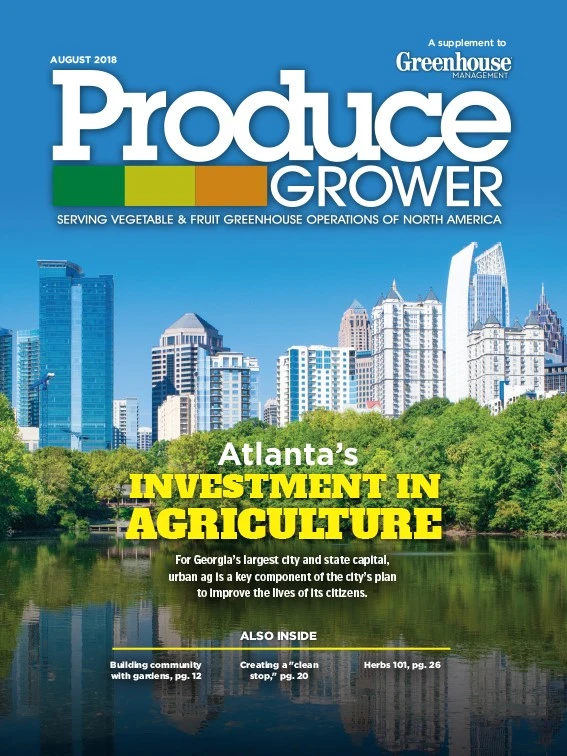
When I was in Auckland, New Zealand late last year, I was amazed at how much greenery there was throughout the city. We spent a couple of days meandering between towering skyscrapers and historic city parks with giant trees, exploring beautiful urban cemeteries and university gardens, and strolling along flower-lined walking paths and through busy commercial zones.
I suppose I shouldn’t have been surprised to come across community gardens bursting with fresh veggies, seeing as a large portion of the rest of the country is dedicated to agriculture, but somehow, I’m still not used to seeing produce growing in what probably was once a parking lot between two buildings. But those tomatoes, peppers and bee hives were a welcome sight, and we stopped to take a look.
More and more cities are taking note of the fact that incorporating plants and gardens into cityscapes is beneficial both for the residents’ mental and physical wellbeing. This month’s Urban Agriculture series article is about these community gardens and plants, and how growers can be more involved. Read it here.
Going further, finding ways to produce more locally grown food on a commercial scale is of increasing interest to cities like Atlanta, featured in this month’s cover story. The city hosted its second annual AgLanta conference this past March, with a focus on boosting urban agriculture and improving the city’s connection to its food, eliminating food deserts along the way. In addition to AgLanta, Atlanta is working with 100 Resilient Cities, an organization that aims to strengthen the cities it works with. To read more about how Atlanta is striving to become a hub for urban agriculture, click here.
kvarga@gie.net | (216) 393-0290
Twitter: @Karen_GIE

Explore the August 2018 Issue
Check out more from this issue and find your next story to read.
Latest from Produce Grower
- The Growth Industry Episode 3: Across the Pond with Neville Stein
- PG CEA HERB Part 2: Analyzing basil nutrient disorders
- University of Evansville launches 'We Grow Aces!' to tackle food insecurity with anu, eko Solutions
- LettUs Grow, KG Systems partner on Advanced Aeroponics technology
- Find out what's in FMI's Power of Produce 2025 report
- The Growth Industry Episode 2: Emily Showalter on how Willoway Nurseries transformed its business
- 80 Acres Farms expands to Georgia, Texas and Colorado
- How BrightFarms quadrupled capacity in six months







